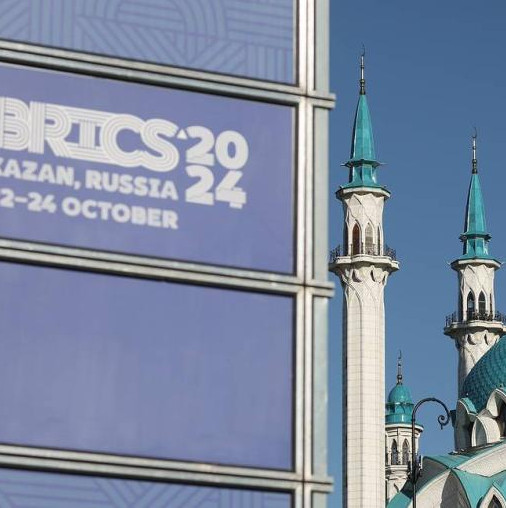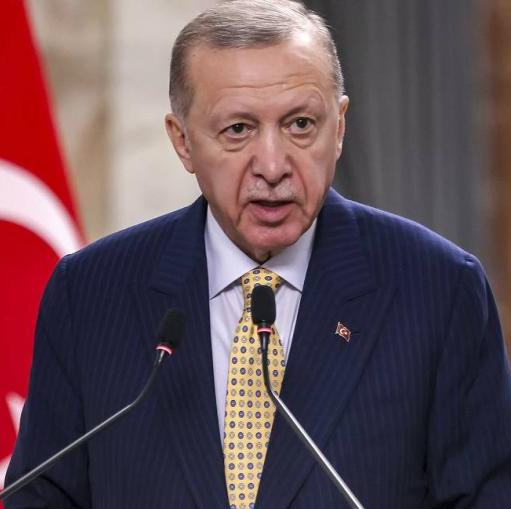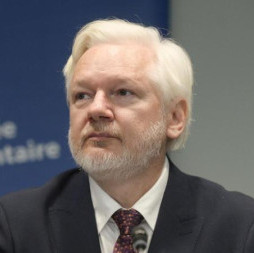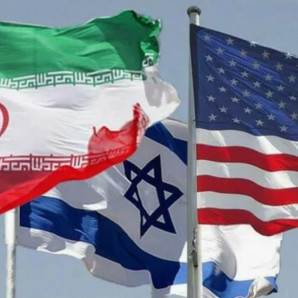According to official Indian sources, on May 7 India successfully launched a solid-propellant missile named Agni III (“Fire’ in Sanskrit) from a launch site on Wheeler island in the Bay of Bengal off the Orissa coast. It was the third test of the new missile. The first test in July 2006 failed but the second one in April 2007 was successful. According to the Indian Ministry of Defense to finally make missile Agni III operational it needs several additional test-firings.
Meanwhile, in the opinion of independent experts, this new missile with a range exceeding 3,000 km (3,500 km according to other sources) and payload of 1.5 tons radically reinforces the nuclear retaliatory capability of India because it may be launched from any place in the Indian territory from a mobile launching vehicle. Agni III is capable of carrying a maneuvering nuclear warhead to penetrate the enemy ABM shield. The missile significantly extends the Indian “nuclear arm” because its range definitely covers not only entire Pakistan but also practically the most part of China including Beijing and Shanghai, Central Asian states, part of the Middle East as well as the US Military Base on island Diego Garcia in the Indian Ocean.
In 2008, the Agni III test was preceded by several Pakistani and Indian missile tests. For example, on April 19 this year, Pakistan test-fired its medium-range ballistic missile Shahin III (Hatf VI), which has a range of 2,500 km. According to Pakistani militaries, the test confirmed high accuracy of the missile (probable error of deflection is 50 m). Taking into account its capability to carry heavy nuclear and conventional charges this test became an additional boost to acceleration of the missile weapon race between Pakistan and India.
Earlier in February 2008, India test-fired submarine-launched cruise missile K-15 Sagarika (“Oceanic” in Sanskrit). This cruise missile developed according to Western sources on the basis of certain Russian missile technologies has a range of 700 km and capable of carrying either nuclear or conventional warhead of 500 kg.
Since the Indian Navy so far has no submarines capable of carrying such cruise missiles (available Russian-made diesel submarines Kilo, Project 636, and German-design submarines 1500 are not capable of doing it) the missile was test-fired from a special underwater launch pad submerged to a depth of 50 meters. In future cruse missile Sagarika may be fired from an indigenous Indian atomic submarine, which is actively developed and may be set afloat already this year.
In the opinion of military experts, as soon as India has this submarine-launched nuclear cruse missile, it will have certain superiority over Pakistan in the nuclear retaliatory capability. The missile will become one of three components of the future Indian “nuclear deterrence triad” (aerial delivery vehicles, ground mobile launching systems and submarines). It is natural that the test of Sagarika provoked such overreaction of Pakistan.
Admiral Mohammed Afzal Tahir, Chief of Naval Staff Pakistan Navy, blamed on India in public for “provoking nuclear arms race in South Asia” and claimed that Islamabad will have “to give an adequate response”. Western sources also reported on the efforts of Pakistan to redesign diesel submarines Agosta available with the Pakistan Navy in the nuclear weapon carriers.
All these facts in general are the signs of rather disturbing trends to increasing the risk of a nuclear war in South Asia. According to Western estimates, India has more than 200 nuclear warheads in its arsenal, while Pakistan – more than 100. Both countries are involved in intensive nuclear weapon R&D. Besides, they permanently improve their nuclear delivery vehicles, first of all ballistic and cruise missiles.
It is not a top secret that it is China but not Pakistan that is a key factor of the Indian nuclear strategy. Therefore in the long-term prospect and may be in the mid-term prospect Delhi will endeavor to achieve the nuclear missile parity with China. Already today India is involved in development of ballistic missiles Agni IV and Agni V with a range of 5,000 and 6,000 km respectively, capable of carrying up to 12 warheads and equipped with special systems to overcome the ABM defense. In the long-term prospect India intends to develop ICBM Surya (“Surya” is the God of Sun in Hinduism) with a range of 10,000 km. At the same time, Pakistan, (which is slightly falls behind its neighbor-rival in the pace of missile R&D) invests big amounts of money and resources in improvement and development of indigenous nuclear missile systems in order to catch up India.
In fact, the world witnesses recurrence of the strategic nuclear arms race after its formal suspension last century by its main players – the USA and USSR. However, as distinct from the Soviet-American and Russian-American relations in the nuclear missile sphere, Pakistan and India have no practical instruments in the form of bilateral or regional agreements to restrain the nuclear arms race. If we speak about the situation in South Asia and Asia-Pacific Region in general, we have to remember about China that has a huge nuclear arsenal, as well as about North Korea and Japan that have their own nuclear ambitions.
In view of the aforesaid the stand of the USA looks rather strange. It pretends that nothing extraordinary in the nuclear missile sphere happens in South Asia. When asked by a journalist what the United States could do to prevent the nuclear arms race in South Asia, US Secretary of Defense Robert Gates who visited India answered that Washington “has to deal with the world as it is”.
Speaking about such stand of the USA, experts indicate that the American Administration plays its new “big game” in South Asia. The US sanctions imposed on Pakistan and India after their nuclear tests were of a limited and short-term nature. Currently flirting with India, supplying the military equipment to this country and speaking about its readiness to cooperate with India in the atomic sphere, Washington expects to use the growing Indian military potential as a counter to China. Simultaneously the USA tries to keep Pakistan under its influence to exploit it in turn as a “deterrence” instrument with respect to India.
However, these “games” especially when they relate to the nuclear arms and such unstable region as South Asia always fraught with a potential crisis and abrupt and uncontrollable escalation of the situation. Conclusion of comprehensive agreements between India, Pakistan and China on nuclear arms limitation and control in the region under the auspices of the world community may be the way out in these conditions. However lack of confidence between the parties and cool attitude of the sole world superpower, the USA, to this problem make such solution unlikely so far.
Meanwhile, against the background of the nuclear arms race in South Asia the world faces actual countdown to a quite probable nuclear war, which would be hardly limited with this region.









